If you are looking for a comprehensive guide that provides all the necessary information you need about cycling in Japan, here is one! In this article, you will understand the reasons why there are more bikes than cars in Japan, despite being a country with many car manufacturers; you will discover the commonest types of bikes in Japan and be exposed to Japanese bike technology, cycling laws, track cycling, and how to buy or sell bikes in Japan.
Why Are Bicycles So Common In Japan?
Next to Amsterdam and Denmark, Japan has been recognized as a biking nation. Japan is referred to as a nation of over 100 million cyclists, and its capital city. Tokyo is the most bicycle-dense mega-city in the entire world. It is reported that 16% of all trips made in a day in Tokyo are by bicycle.
1. There Is Less Traveling Distance
One of the reasons bicycles are common in Japan is that most of the errands or places people want to go are in their neighborhoods. Schools, supermarkets, hospitals, parks, train stations, and so on. So, it would seem a waste of resources to drive 2 or 5 minutes to the hospital or supermarket nearby! As a result of this, Japanese neighborhoods are mainly self-sufficient, meaning that all the services people need are right on their next door.
It makes perfect sense for residents to cycle no more than 5 to 10 minutes to get to schools, kindergartens, supermarkets, dentists, and doctors. This cuts out unnecessary long-distance travel; a daily routine that may have contributed to the better well-being of the Japanese people.
2. They Are Convenient
Despite its efficient transport system, many Japanese people still resort to riding bicycles to places like offices and stations and so on. This is because it is convenient and bikes happen to be the most readily usable means of transportation in case there is a natural disaster. Japan has always been affected by earthquakes and typhoons. The number of bike owners purportedly increase after the March 11 earthquake, which crippled the rail system in the region affected.
Incidentally, many Japanese use their bicycles to complement public transport, cycling from their home to the station.
3. They Help Avoid Parking Issues
Owning a bike in Japan absolves you from worrying about the parking lot, insurance, and maintenance costs associated with operating a car. As a developed country, you would have expected to see expensive road, hybrid, and mountain bikes in Japan, but that is not the case. The majority of bikes in Japan are mama-chari—these are like the family station wagon in Japan.
What’s The Japanese Cycling Law?
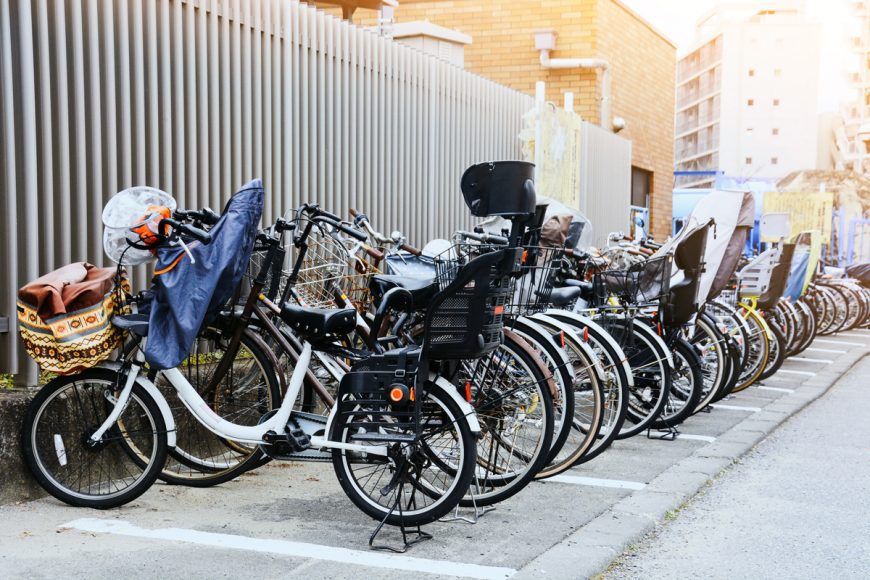
From June 1, 2015, the revised Japan’s Road Traffic Law aimed at curbing recklessness among bikers or cyclists in the country became effective. The law was meant to warn and discourage cyclists from causing dangerous and even fatal traffic accidents. People are urged to learn these traffic rules and apply appropriate judgment while riding their bicycles on the road.
The revised law classifies 14 acts as reckless cycling including:
- Limited to ignoring traffic lights
- Failing to stop at intersections where required, speeding on sidewalks
- Using bicycles whose brakes do not function properly
- Riding under the influence of alcohol
- Riding while using a smartphone
- Listening to music through earphones.
The Consequences
Any cyclists who break these rules will be ticketed by the police, starting from age 14 or older. Any cyclists who have received two or more tickets within three years will be required to attend a three-hour safety education program. If such a cyclist fails to do so within three months will result in a fine of up to ¥50,000. The safety education program includes tests on traffic rules, the reading of notes written by victims of cycling accidents or their bereaved families, and the viewing of videos of real bicycle accidents.
What’s The Reason behind These Strict Laws?
The Japanese Government believed that the public should be aware of traffic accidents involving bicycles. In 2014, there were 109,269 accidents involving bicycles; this accounts for about 20 percent of all traffic accidents. There were a total of 542 deaths as a result of the accidents.
In the same way, the annual number of fatal accidents involving bicycles but not cars and trucks rose from 51 in 2004 to 82 in 2014. This may have been because the rate of violations of traffic rules by cyclists is increasing and about 7,716 tickets were issued to cyclists in 2014, a steep rise from 268 in 2006.
The Outcome
It is good to say that the new traffic laws have been able to save some lives as the number of bicycle use is increasing along with greater public awareness of health and environmental issues. There are many programs in the cities and the small towns geared towards ensuring that cyclists are safe. As a visitor in Japan, you are expected to follow these rules. If you don’t have an idea what these rules are, ask the company you rented your bike from.
Japan’s Evolving Bike Technology
Japan’s bike technology has evolved over a long period. You can discover some interesting bike technologies when you visit Japan. Most especially in the parking of bikes, the limited space available in many cities has compelled many municipalities to adopt underground parking.
As shown below, the parking makes it possible for bikers to park their machines underground. Everything is quite automatic, meaning you don’t have to descend into the underground parking by yourself. All you need to do is to release your bike at the entrance of the parking, and a convoluted system of mechanical carriage will transport it to where it is to be stored. And you can always retrieve your bike whenever you want to. The pictures below speak for themselves!
A mechanical carrier lift brings each bike into a designated parking space
image © alastair townsend + kayoko ohtsuki
A user loading the bike into the corresponding loading bay
The operation of this bike parking system is easy. Because an IC tag attached to the front wheel corresponds to the user’s membership card. All you need to do is load the bike onto the bay and press start. To retrieve your bike, one swipes their IC card, and the automated system produces the bike and places it above the ground in about 8 seconds. This parking system is ideal and efficient for peak and rush hour periods.
left: inside the high-tech underground parking bay
right: bike share parking lot above
‘giken eco cycle’ construction
image © alastair townsend + kayoko ohtsuki
the individual cylindrical shaped structures measure 8.5m x 11.6m below the street surface
image © alastair townsend + kayoko ohtsuki
‘giken eco cycle’ construction overview
image © alastair townsend + kayoko ohtsuki
As a country that is constantly subjected to unannounced earthquakes, Japan has devised a way to shield all of its underground bike parking from natural disasters. As shown in the picture below, Japan’s earthquake-proof underground bike storage systems bring the future to now!
Tokyo And Kyoto Cycling
Because of their historical relevance, Tokyo and Kyoto are the two main cities tourists love to ride their bikes in exhilarating discoveries. Kyoto’s historical and cultural treasures have always attracted large numbers of foreigners who want to connect with the historical past of the country. But getting around the city by car or bus has been problematic for many visitors.
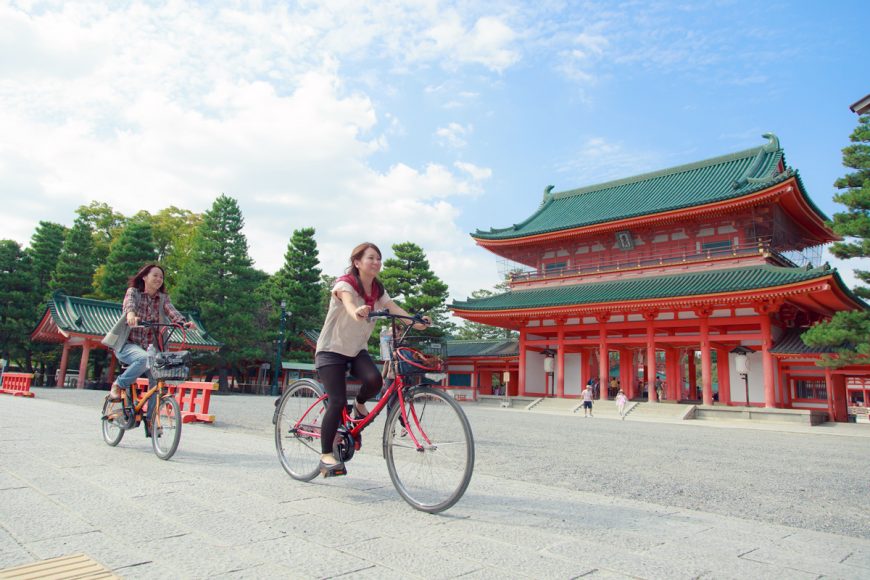
Why Are Bicycles Famous In Kyoto?
You are somehow limited, and the subway/train stations are far away from most historical sites. There are many one-way streets, and you will even discover that the main roads are often congested with vehicles and pedestrians. To facilitate going from one sightseeing place to another, using bicycles comes readily as the best option. And this is why bicycles are particularly popular. Comparing the population of these cities, after Tokyo and Osaka, Kyoto, with an estimated population of about 1.5 million to Osaka’s 2.7 million, has more people who commute to their work or school by bicycle than any other city in the country.
Cycling Problems In Kyoto
Over-reliance on bikes in Kyoto caused another major problem. The use of bicycles in Kyoto was for several years loosely managed. The parking was random and people queued up their bikes in illegal, long rows until they occupied half of the sidewalk. This made pedestrians struggle for the ensuing narrow walking area.
Probably in preparation for the Tokyo Olympics 2020, Kyoto announced some plans at the end of March to make the city friendlier to cyclists. They expect to spend a lot of money by adding bicycle lanes, building parking spaces, improving public knowledge of safety issues, and working with the private sector to expand bike tours.
As a result of this, there is now authorized parking space for over 54,000 bicycles, the figure is up from about 49,000 in 2010 and 39,000 ten years ago. To discourage illegal parking, the city cracked down on cyclists parking illegally; the city removed over 54,600 illegally parked bikes in fiscal 2013.
Kyoto Cycling Services
For several years, some long-term Kyoto expats have taken it upon themselves to offer bicycle tours of the major temples, shrines, and historic sites. Their services are unique because they are in English; tourists could get all the information on where, and how to get around Kyoto on two wheels and what parking options are available. These expat-floated cyclists are safe and thrive because the city is better today than a couple of decades ago when it comes to its bicycle policy. And it is going to get better as the city braces up to make it a more-cyclist-friendly environment.
Cycling In Tokyo
Unlike Kyoto, Tokyo has several well-managed cycling tour companies. The great thing about Tokyo roads is that they have wide sidewalks where both pedestrians and cyclists can compete for space. It appears that the bike riders in Tokyo are more law-abiding. Possibly because the police in Tokyo are more concerned about enforcing traffic laws to prevent traffic accidents.
Tokyo Cycling Tours
Here are examples of the tours some biking companies may offer in Tokyo. You need to confirm from your chosen company what exactly they have in stock for you. A simple Google search can turn up some interesting Tokyo biking tours.
You may be asked, depending on the companies offering them, to take any of these Tokyo biking tours:
Group tour: This is usually a guided bicycle tour for 4-12 riders in Tokyo led by an assigned native English-speaking guide called “Urban Tour Guide”. This kind of tour is open for all four seasons in Japan.
This group tour can lead riders to any of these sightseeing places in Tokyo:
- Cultural-historical tour: This will take you to some cultural-historical places in Tokyo
- Waterfront tour: You will cycle to the waterfront and enjoy a ferry ride with your bike across Tokyo Bay.
- Half-day hybrid tour: this may take you to both the Tokyo cultural-historical places as well as the waterfront (Tokyo Bay)
Since most cycling by foreigners in Japan takes place in Tokyo, the information provided here is about buying and renting bikes and gear in Japan’s most beautiful city—Tokyo.
Renting A Bike In Tokyo
As a visitor to Tokyo renting a bicycle can be very difficult. One of the best approaches to finding the bike of your choice in Japanese cities is to discuss it with some Japanese staff at your hotel. Some tourist-centered hotels do have their bike-renting services.
Another alternative is that you should bring your bike or buy one while in Japan. This may cost a lot, but you will have the freedom to ride around. Whatever option you go for, do not forget to have a pleasurable ride in the land of the Rising Sun!
Japan Is Also A Track Cycling Host!
Japan routinely hosts track cycling. There are Japan Track Cup 1 and Japan Track Cup II, which draw cyclists from around the world. The Japan Track events are sometimes held in other comfortable locations outside Japan. For example, Japan Track Cup 1 was organized as part of the Asian Cycling Championships in Korat in 2015 and Japan Track Cup II was held at Izu Velodrome in Shujenzi.
Track cycling is a bicycle racing sport that is normally held on specially built banked tracks known as velodromes. Track cycling is divided into two different categories: Sprint Race and Endurance Race. Riders will somehow fall under one of these categories but will not be able to compete in the other category. Typically, Sprint races are usually between 8 and 10 laps in length while Endurance races are held for much longer distances, and this length varies from 12-16 laps.
The Most Common Type Of Cycle In Japan!
Mamachari
Mamachari is the most common type of bicycle in Japan which typically shows how resilient and powerful Japanese mothers are. Not only do Japanese mothers ride on mama-chari, but you can see them in most Japanese cities and towns carrying loads (bags, shopping stuff, etc) in the front basket and children on the seat at the back.
Sannin-Nori
Some of them even practice the tradition of ‘sannin-nori’ – or three-on-a-bike – as they transport their kids to and fro schools. A lot of kindergartens in Japan do not allow mothers to drop off their kids by car, so these powerful ‘mama-chariots’ are the only eco-friendly alternative.
The Japanese Government’s new cycling laws ban the sannin-nori culture, an issue that got some mothers in Japan infuriated. They launched initial protests and it was quickly agreed upon that they could continue to ride with two kids if they were riding trikes.
FAQs
How much is it to rent a bike in Japan?
It can cost you around $5-$25 to rent a bike in Japan.
Is it easy to rent bikes in Tokyo?
Yes, bikes are available to rent in Tokyo at different hotels and shops.
Should I rent a bike in Kyoto?
Yes, but keep in mind that is very difficult to find parking in Kyoto.
Do you need a bike lock in Japan?
Japan has a low crime rate but still, it is recommended to lock your bike.
Can a tourist buy a bike in Japan?
A tourist can buy a bike in Japan but you will need a registered address or a zairyu card (residence card).
Can two people ride a bike in Japan?
No, two people cannot ride a bike in Japan unless one of them is under 6 years old.
Where can I park my bike in Japan?
There are dedicated parking spaces for bicycles in Japan where you can park your bike.
Bicycling In Japan For Foreigners- A Checklist
The best way to enjoy your cycling experience in Japan is to make sure you have made some plans beforehand. Make a checklist of what you need to do before and after arriving in Japan. Your checklist may contain:
- Making the appropriate reservation before arriving
- If necessary, get your bike-renting ID before coming to Japan
- If you could, make a call to the bike rental shop and familiarize yourself with them
- Make sure you first try out the bike before renting it
- Getting your bike insurance
- Familiarizing yourself with your bike guide
- Enjoying the bike ride and observing all the traffic rules
If you are going to ride with your child on the bike, make sure you know the safety procedures in Japan. The reason why getting bike insurance is necessary is that in Japan it is a serious offense to hit or knock someone down while riding a bike. You may be surprised that instead of quietly settling the matter with you, even if the victim can speak a smattering of English, the first person he/she will call is the police.
You may be required to pay some money if the injury sustained by your accident victim is a bit severe. This could drain your wallet if you don’t have an insurance policy to protect yourself. Are you planning to visit Japan? What are your cycling plans? Let me know in the comments below
Also Read: 15 Best Bikes For Heavy Riders
Should you have any questions or require further clarification on the topic, please feel free to connect with our expert author Jerry O by leaving a comment below. We value your engagement and are here to assist you.


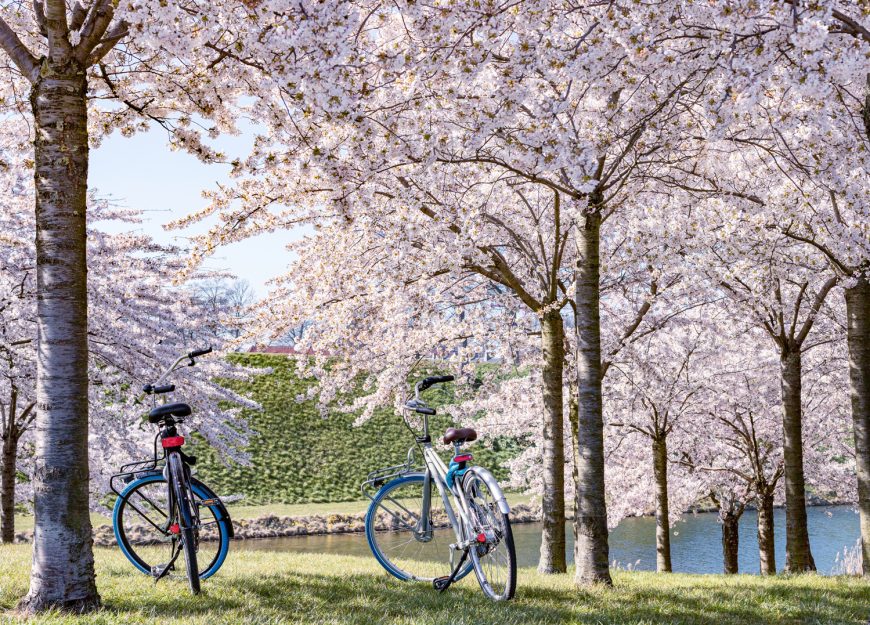
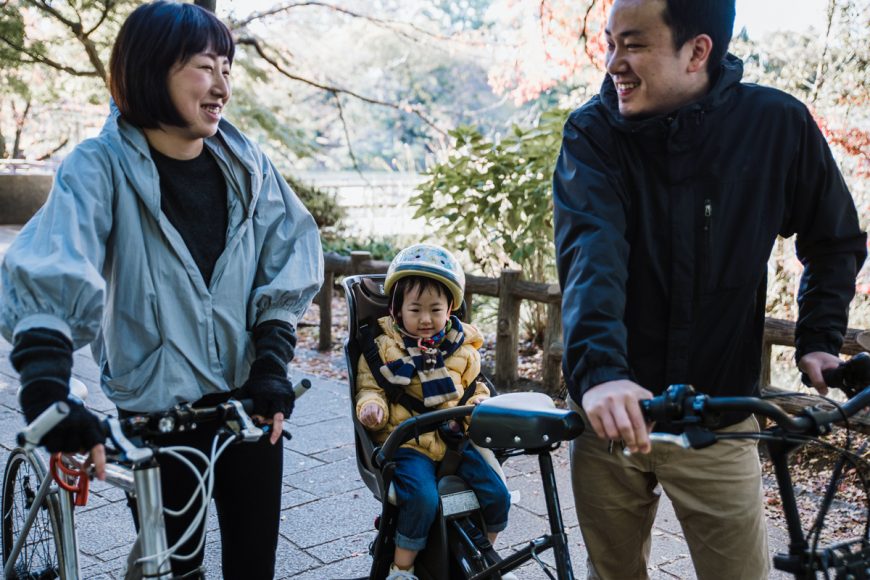
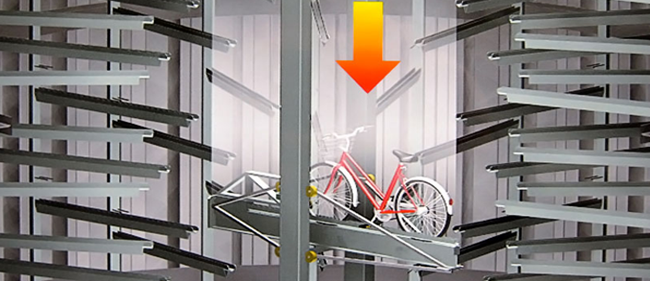
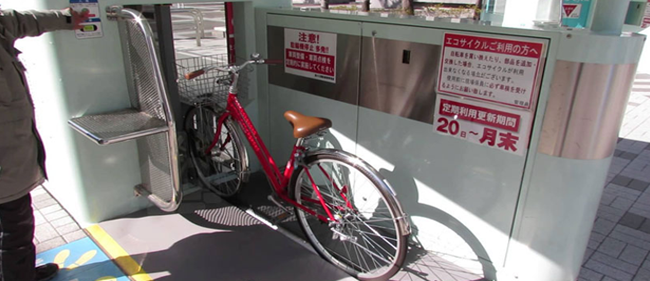
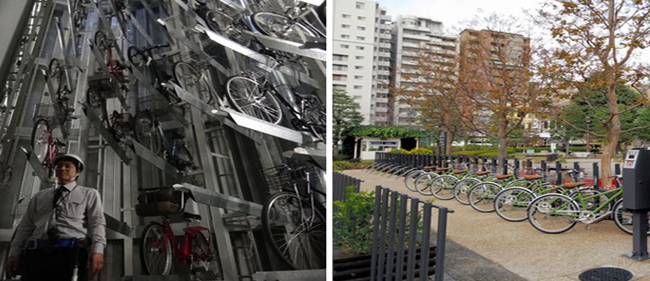
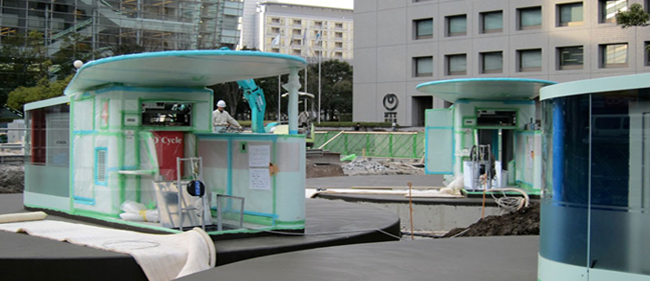
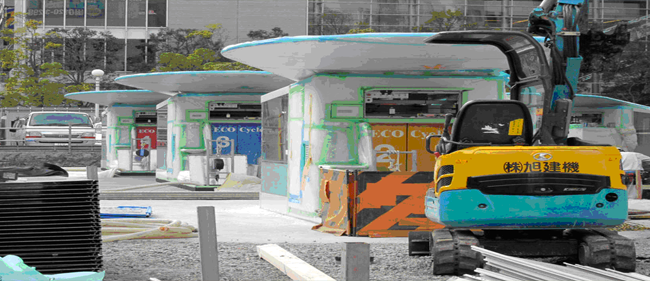
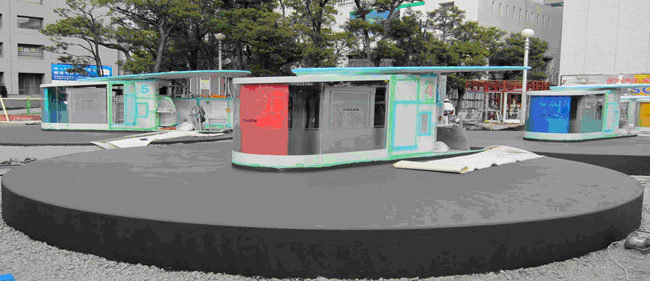
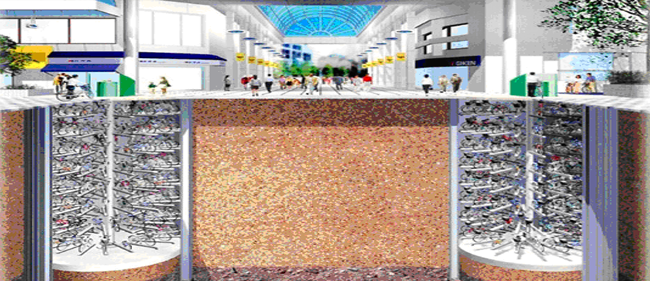
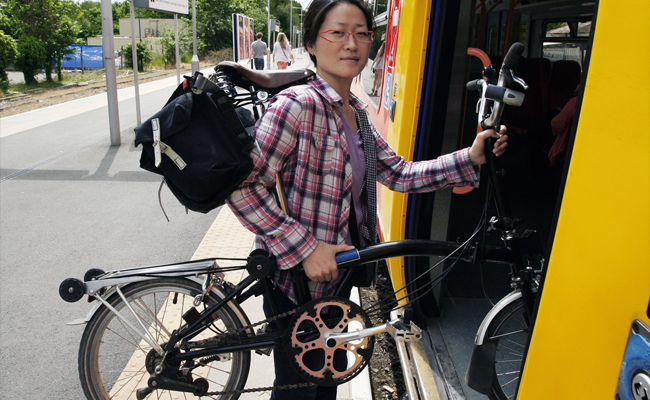


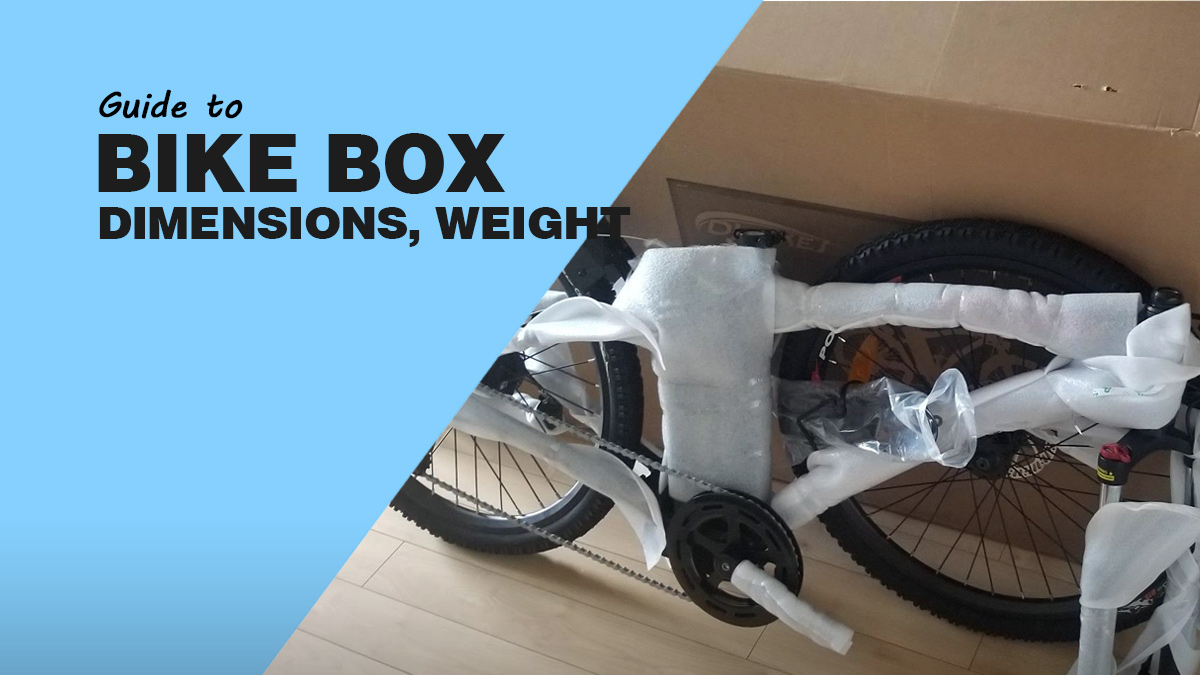
2 thoughts on “Cycling In Japan: A Detailed Guide On Japanese Bike Culture”
Serious question: why do Japanese park their bikes in the middle of the bike path instead of off to the side? You see this everywhere. It’s dangerous and inconsiderate. It seems so odd for a nation that is generally considerate and sensible.
Is it legal to park your bike in the middle of the bike path instead of off to the side, like the Japanese do?